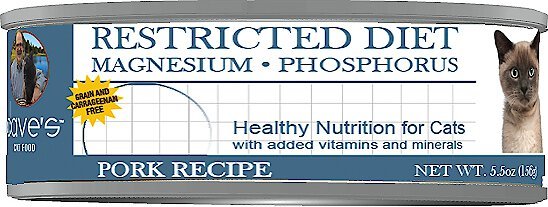Penn-Plax Radius Glass Fish Tank Aquarium Kit with LED Light, 3.4 gal.
The Penn-Plax Radius Glass Tank Aquarium Kit includes a 3.4 gallon tank, internal cascade filter, LED light and a hinge-style plastic lid to make set up as easy as possible. The glass tank aquarium kit features a unique bent design with frameless construction and is made with the highest clarity glass. For even more strength and durability, this aquarium kit also utilizes a 3-piece construction with seamless rounded front corners.
The Penn-Plax Radius Glass Tank Aquarium Kit includes a 3.4 gallon tank, internal cascade filter, LED light and a hinge-style plastic lid to make set up as easy as possible. The glass tank aquarium kit features a unique bent design with frameless construction and is made with the highest clarity glass. For even more strength and durability, this aquarium kit also utilizes a 3-piece construction with seamless rounded front corners.
- Unique bent glass design that’s frameless and seamless in front for unobstructed viewing on all sides
- Great fish tank for novice aquarists
- Made with highest-quality glass for durability and clarity
- Measures 11 in. H x 7-3/8 in. W and 10-1/4 in. L
- Includes 3.4 gallon bent glass fish tank, cascade internal filter, LED light, mat, and hinge-style plastic lid
- Utilizes 3-piece construction with seamless rounded front corners
- Aquarium kit is suitable for a wide variety of fish
- Internal cascade filter keeps your fish tank clean and healthy with biological, mechanical and chemical filtration
- LED light can be positioned anywhere on the back of the aquarium
Additional information
| Features | Filter Included, Lights Included |
|---|---|
| Product Height | 10.7 in. |
| Product Length | 8.15 in. |
| Product Weight | 8.4 lb. |
| Product Width | 12.5 in. |
| Shape | Rectangular |
| Tank Capacity | 3.4 gal. |
| Tank Material | Glass |
| Water Type | Freshwater/saltwater |
| Size | 8 in. |
| PartNumber | 157177299 |
| Manufacturer Part Number | WW110K |











by Lynn
I upgraded my 1.5gal Betta tank to this. I’m not crazy about the filter, so I’m using my old one. We both are enjoying the brighter light & extra space!